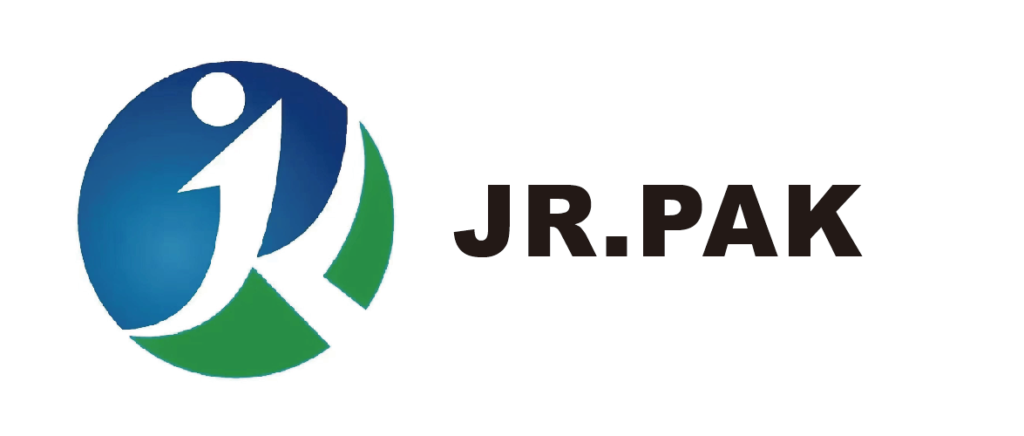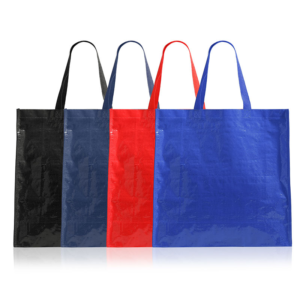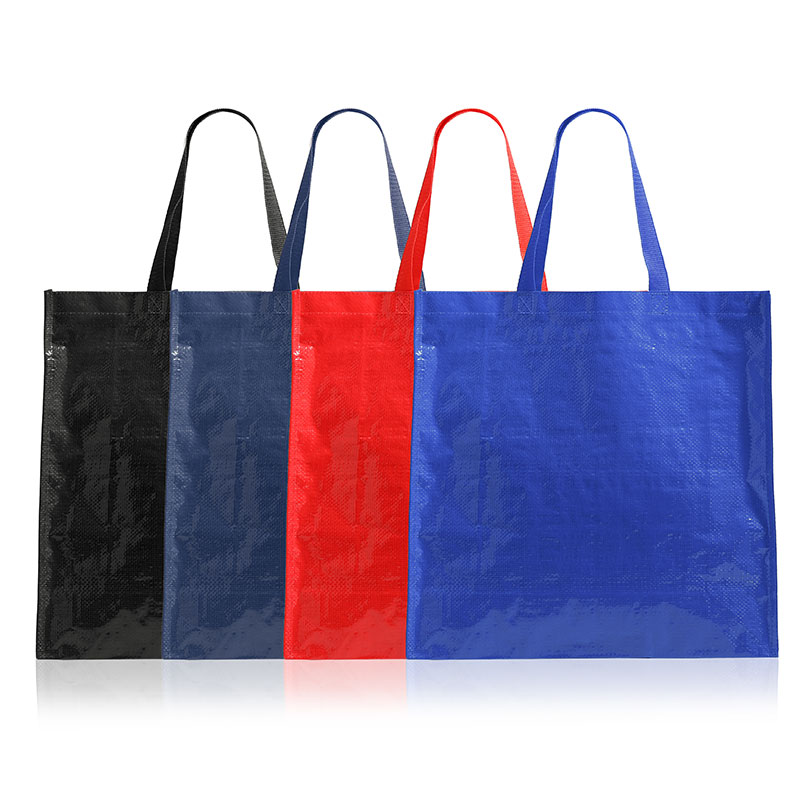In the global marketplace, the demand for packaging bags has surged due to their versatility and essential role in various industries. For businesses looking to procure packaging bags from international suppliers, understanding the ordering and payment process is crucial. This article outlines the steps involved in ordering packaging bags from an international trade company and the payment methods typically used.

Step 1: Research and Selection of Supplier
The first step in the ordering process is to identify and select a reliable supplier. Factors to consider include:
- Product Quality: Review product specifications, certifications, and samples if possible.
- Supplier Reputation: Check reviews, ratings, and testimonials from previous clients to gauge reliability.
- Communication: Ensure the supplier can communicate effectively in your preferred language and is responsive to inquiries.
Step 2: Request for Quotation (RFQ)
Once a suitable supplier has been identified, businesses can request a quotation for the desired packaging bags. This request should include:
- Product Specifications: Details about size, material, thickness, print quality, and any customizations required.
- Order Quantity: Specify the number of bags needed.
- Delivery Schedule: Indicate when the products are required to ensure the supplier can meet the timeline.
The supplier will provide a detailed quotation, including pricing, shipping costs, and lead times.
Step 3: Negotiation
After receiving the quotation, businesses can negotiate terms with the supplier. This may involve:
- Price Discussions: Negotiating the cost per unit, especially for larger orders.
- Payment Terms: Discussing payment methods, deposit requirements, and final payment.
- Delivery Terms: Clarifying shipping methods (e.g., air freight, sea freight) and Incoterms (e.g., FOB, CIF).
Step 4: Order Confirmation
Once both parties agree on the terms, the next step is to confirm the order. This may involve:
- Purchase Order (PO): Issuing a formal purchase order that outlines the agreed-upon terms and conditions.
- Proforma Invoice: The supplier will issue a proforma invoice, which serves as a preliminary bill of sale that includes item details, prices, and payment terms.
Step 5: Payment Process
The payment process can vary, but common methods include:
- Advance Payment: Many suppliers require a partial payment (often 30% to 50%) upfront before production begins. This secures the order and covers initial costs.
- Letter of Credit (L/C): For larger transactions, some businesses use letters of credit, which provide a secure payment method. The bank guarantees payment to the supplier upon fulfilling specific conditions outlined in the L/C.
- PayPal or Other Online Payment Systems: For smaller orders, suppliers may accept payments through platforms like PayPal, offering convenience and speed.
- Bank Transfer: Direct bank transfers are also common, with businesses sending funds directly to the supplier’s account.
It’s essential to confirm payment details, including currency and any potential transfer fees.
Step 6: Production and Quality Control
After the initial payment is made, the supplier begins production. During this phase:
- Production Timeline: Monitor the production schedule to ensure it aligns with delivery expectations.
- Quality Assurance: Some businesses choose to conduct quality checks, either through third-party inspectors or by visiting the factory, to ensure product standards are met.
Step 7: Shipping and Final Payment
Once production is complete, the supplier will prepare the goods for shipment. Key points include:
- Shipping Documents: The supplier will provide necessary documents, including the commercial invoice, packing list, and bill of lading.
- Final Payment: Depending on the agreed terms, businesses may need to pay the remaining balance before or upon receipt of goods.
Step 8: Receipt and Inspection of Goods
Upon arrival, inspect the packaging bags for quality and accuracy against the order specifications. If any issues arise, communicate them promptly to the supplier for resolution.
Conclusion
Understanding the ordering and payment process for packaging bags in international trade is essential for ensuring a smooth procurement experience. By following these steps—researching suppliers, negotiating terms, confirming orders, and managing payments—businesses can effectively navigate the complexities of global sourcing. Clear communication and due diligence will help foster successful relationships with suppliers, ultimately leading to high-quality products that meet business needs.












